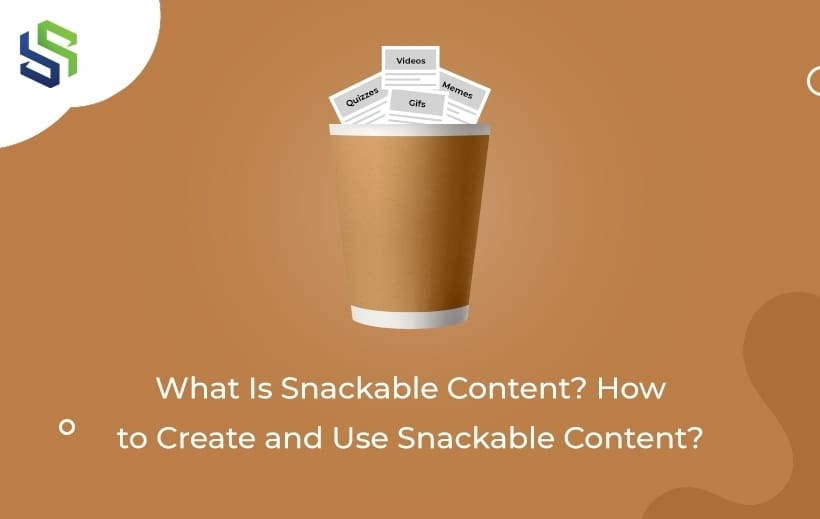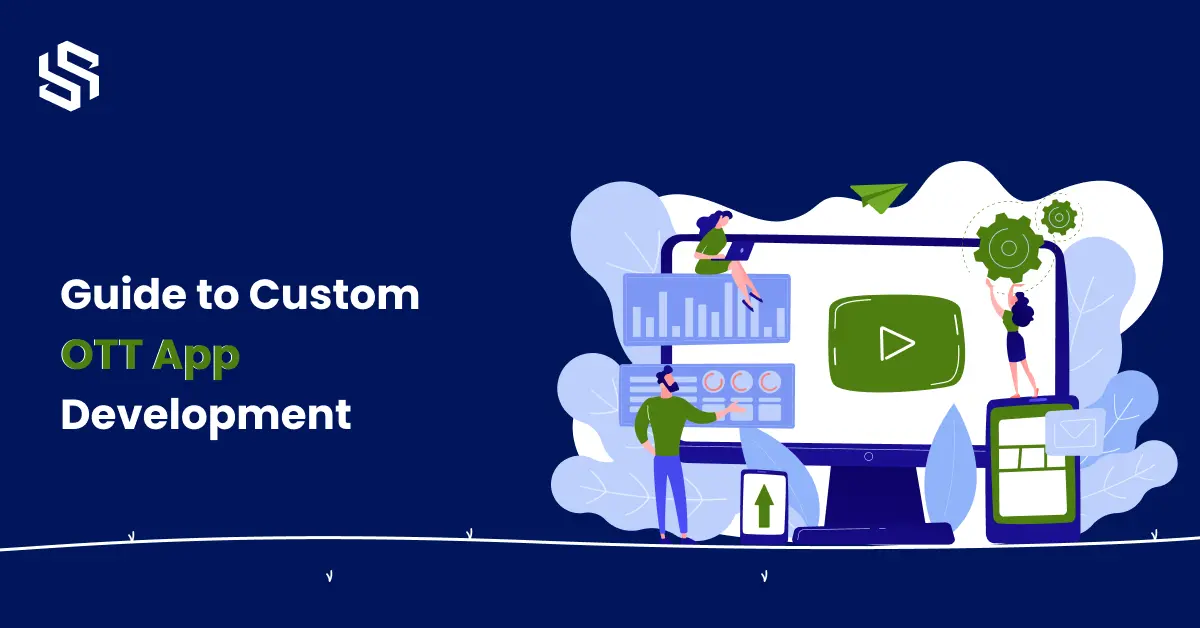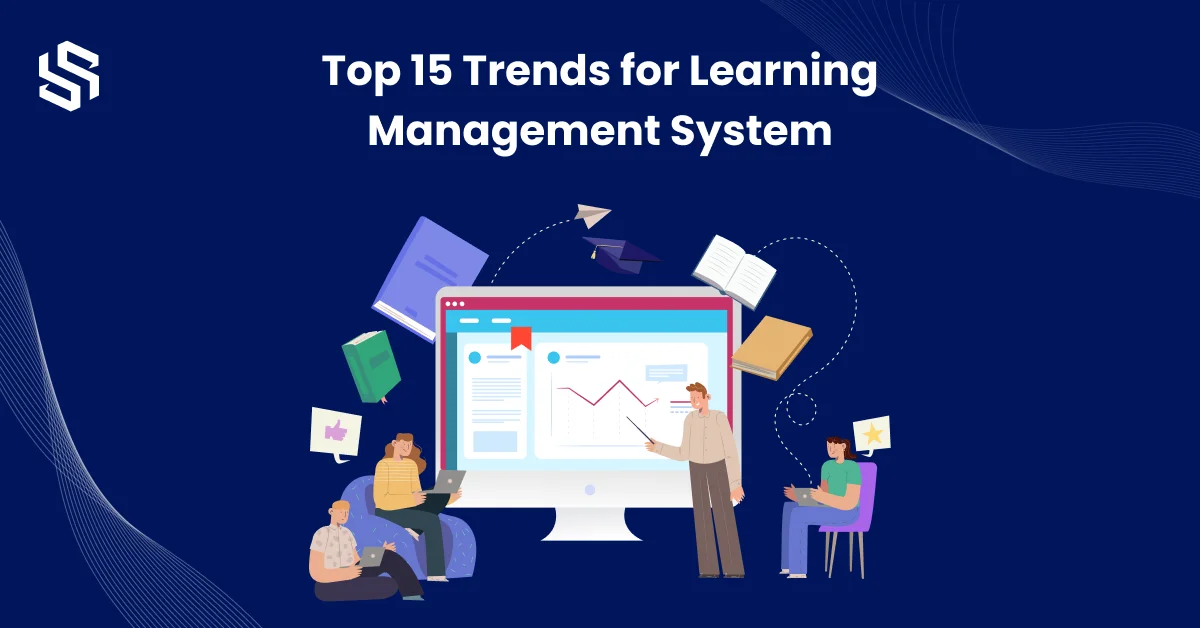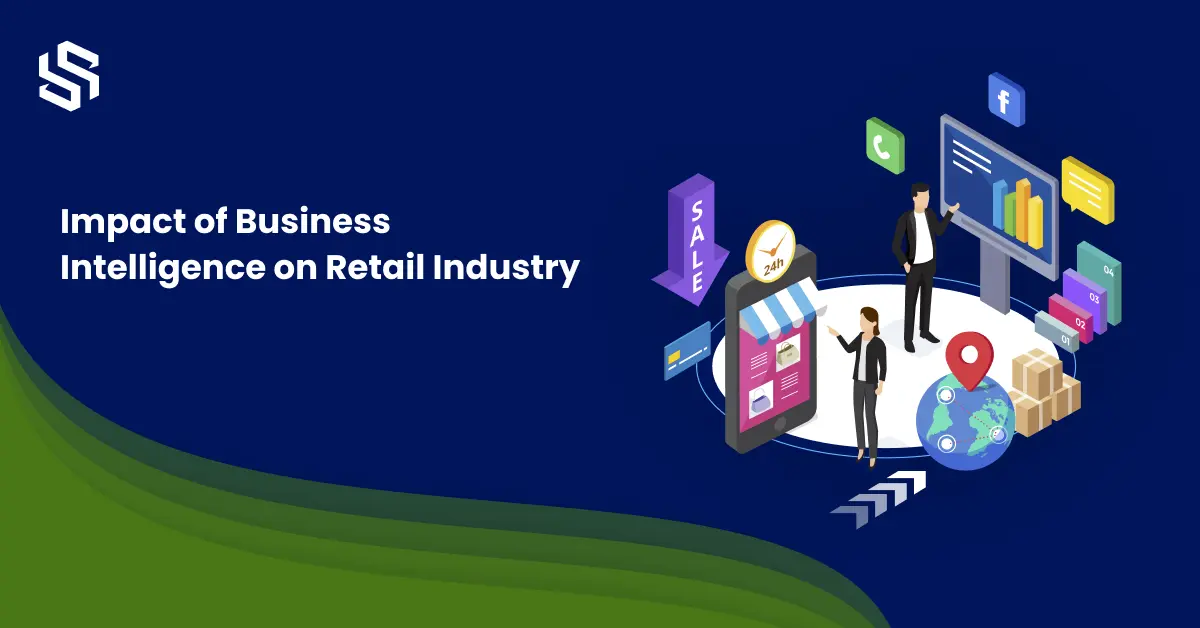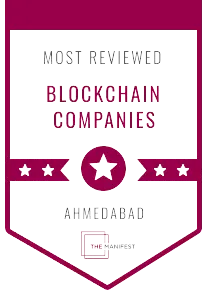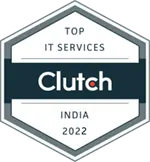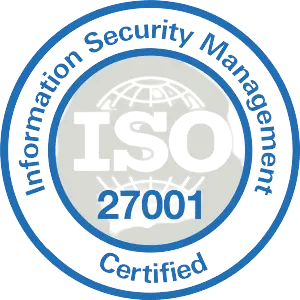Let’s imagine that you’re a startup that sells personal care. Now you might think that your products will fly off your shelves just by offering people a glimpse of their benefits. What you don’t know is that creating even a simple post requires you to get your marketing efforts off the ground.
If you don’t have enough staff to write great long-form articles, and your audience is looking for content, you need to tell more about yourself so that they can consume it quickly and share it. What will you do to grab their attention and give them well-informed content? In such a case, you may try to create content that is short, sweet, and easily consumable. That’s what’s called ‘snackable content’ amongst marketers. The concept is exactly what it sounds like – something more ‘convenient’, like a pizza slice or chips, to satisfy your cravings as opposed to legitimate meals.
Content marketing is changing, and so are the ways marketers are defining ‘the future of content marketing.’ The bite-sized or snackable content is what people are demanding to satisfy their desire for entertainment, knowledge, or news.
Below, we’ll give more context to the term “snackable content” and tell you how to create snackable content.
Ready to Create Engaging Snackable Content?
Drive revenue, save time, and measure ROI with our Content or Digital marketing services.
Let’s discuss your ideas today!
What is snackable content?
Think of your favourite pizza! The snackable content is precisely the bite-sized pieces of your favourite pizza.
Snackable content is a short form of digestible, straightforward, and visually engaging content, which you most commonly see on social media channels. The basic idea behind designing it is to communicate messages quickly over mobile devices. There are different formats of snackable content through which you can reduce engagement time, and we’ll look at it in the later sections.
It’s easy to assume that such content is made to pass the information immediately, but here’s the catch – users don’t have enough time to read through passages while on their phones while on the go.
There are some statistics you need to glance at before we move further.
Why is Snackable Content Important?
Today’s digital age is overloaded with information. Even our busy work lives have affected our effective communication, and we are often in a hurry to deliver our message in the shortest and most effortless way possible. Even if you relate to this fact or not, here are some numbers that will leave you wondering how and why this snackable content ever came into existence.
- People tend to consume more than five times more information as compared to 1986.
- According to a recent study by Microsoft, the average attention span has eroded to about eight seconds. This number has shrunk nearly to 25%.
- Daily time spent on a smartphone device using the internet is about 155 minutes (approximately 2.5 hours).
- Vox says that on average, an internet user checks their phone 58 times daily.
- According to Outerboxdesign, almost 10 million mobile phone devices are currently in use.
Shocking right?
Many social media platforms like Instagram, Pinterest, and Buzzfeed are meant for snackable content. So, now, can you say that it is one of the most crucial elements of your content strategy? Also, these digestible content pieces are inherently more accessible than long-form content, but, even then, the creation of snackable content comes with a host of challenges and strategies. Its potential payoffs are quick and offer a prompt, wider reach compared to other long-form content formats.
In the abstract, the objective of snackable content is to offer snappy entertainment, precipitate immediate social sharing, and attract new leads. Some content formats facilitate it exceptionally well.
Here are some of the attention-grabbing ‘snackable’ content formats that might work for your business.
Snackable Content Examples and Formats
The top four formats of snackable content most commonly used are:
1. Infographics
Infographics are the best medium to relay information and other meaningful content without sacrificing the essence of stackability. The format is engaging, fun to read, and practical. As conveyed by Forbes, infographics can boost the credibility of your information by as much as 90 percent. The impact happens visually since the content is presented in a simple yet creative way.
It isn’t mandatory to design the infographics in a proper structure or sequence, and here’s an example you can refer to.
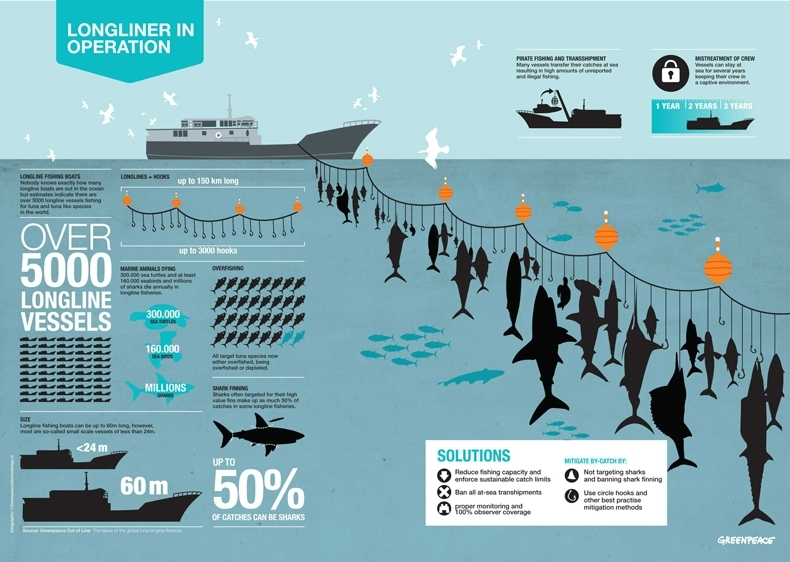
Source : Twitter
Infographics are accessible, dynamic, and still enriching because they present much technical and comprehensive information in a summarized way using pretty pictures and critical points.
2. GIFs
GIFs are compulsively shareable content that can go tremendously viral. In technical terms, GIFs are short videos or moving animations that inevitably possess anyone’s attention, and they can communicate a lot in merely a few seconds. These are versatile since they silently show captivating emotions and reactions for the sake of entertainment.
But, that’s not just it; GIFs are also a beneficial marketing tool.
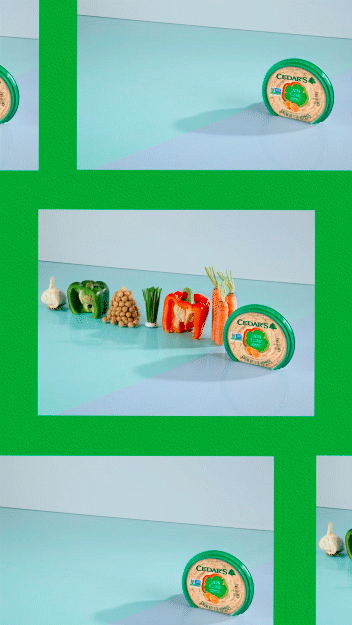
Source : Behance.net
3. Image graphics
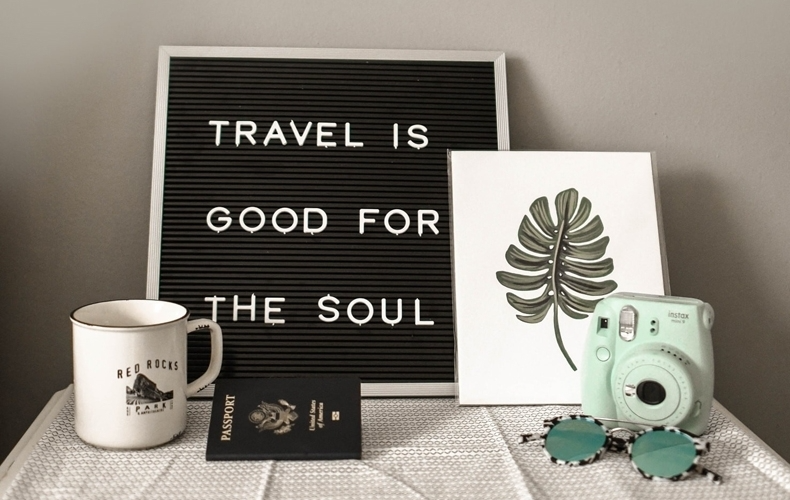
Source : Flickr
4. Memes
This probably is one of the favourite formats of many reading this – Memes. They are the perfect example of snackable content. From animals to politicians and cartoons, memes make up most of the conversations on social media, minus the words. The key to creating the best memes is to always be relevant to the audience and, of course, be funny. Memes are specifically tailored to entertain and, most importantly, express yourself.
Here are some examples that we found funny.

Source : Twitter

Source : 4kdownload
Needless to say, creating memes is an art, albeit a delicate one, because they need to be straightforward and blunt. That being said, it is essential to remember that if you’re using entertaining memes, make sure they don’t upset your audience.
5. Haiku and quotes
Sometimes, simplicity speaks volumes. Haiku and quotes are concise, poetic expressions that can inspire, motivate, or provoke thought. Digital Marketing Company knows the impact of impactful words in snackable content. Our team of copywriters will craft haiku and quotes that encapsulate your brand’s essence and resonate with your audience. These bite-sized pieces of inspiration will leave a lasting impression and keep your audience coming back for more.
These are the most popular snackable content formats that your readers or audience will engage with for sure. If you’re able to supplement and populate your business with unique snackable content, do it. Perhaps with some effort, you’ll be standing with good reach, efficacy, and position. Nevertheless, the biggest question to address now is – how to create snackable content.
Let’s look at a few tips that can help you easily create snackable content.
How do you make snackable content?
Here are tips to Create Snackable Content Easily:
- Repurpose your previous content, like blogs or articles that performed well online, by adapting it to another format. Start promoting your content again. You might as well get some new traffic to old content.
- Put social media to the best use. Pick up a takeaway and turn the piece into an infographic or a meme.
- Mix up some old or long content and make some ‘snacks’. Ensure that they are digestible and improve the value of your content.
- Use snippets from videos to make GIFs that are relatable to your audience base and promote them on social media channels.
- Share your snackable content across social media platforms like Twitter, Instagram, or Facebook.
Keep your Audience Hungry for More
1. Bite-sized chunks are enough for them
2. Keep it scannable
3. Tell them what’s inside your ‘headline’
4. Don’t keep them waiting
5. Introduce them to something new often
Summing up
In conclusion, snackable content has emerged as a powerful tool in the realm of digital marketing. Its ability to capture and hold the attention of online users in a fast-paced, information-saturated world is unmatched. By creating and utilizing snackable content, businesses can effectively communicate their message, engage their audience, and drive meaningful results. Whether it’s through eye-catching visuals, bite-sized videos, or interactive infographics, snackable content allows brands to make a lasting impression. To learn more about how our digital marketing company can help you create and use snackable content, please contact us. Take a look at some examples of snackable content to inspire your own creative strategies. Harness the power of snackable content and watch your brand’s online presence flourish.
Digital channels are an ideal home for your snackable content to be shared and consumed by the audience. The only rule you have to follow is – to get right to the point, offer value to your audience, and deliver beyond their expectations. Don’t limit yourself to platforms like Instagram or Facebook. Instead, try and test how snackable content works with your email marketing, advertising, and other social media marketing activities. See what’s best for your business and continue to improvise. You want more people to reach out to you. Give them an easy way to get to you.
FAQs
- Maximize brevity: Keep your content brief and to the point.
- Use visuals: Photos and videos are great for engaging your audience and making your content more engaging.
- Make use of headlines: Use catchy and interesting headlines to grab your readers’ attention.
- Highlight key points: Use quotes, bullet points, and bolded fonts to emphasize the key points of your content.
- Include interactive elements: Incorporate polls, questions, and other interactive elements to engage your readers.
- Use emotion: Use stories, anecdotes, and emotion-evoking language to make your content more engaging.
- Utilize social media: Leverage social media to share and promote your content.
- Include a call to action: Encourage readers to take the desired action with a clear call to action.
Snackable content can come in many forms, including but not limited to infographics, memes, GIFs, videos, lists, quotes, polls, surveys, how-tos, and explainer videos. The key is to create content that’s easy to consume in a short amount of time and is engaging and entertaining.
Snackable content is designed to be consumed quickly and easily and is a great way to engage audiences. By using shorter, more digestible pieces of content, such as videos, GIFs, infographics, and micro-blogs, you can capture your audience’s attention and keep them engaged. This content can also help promote your brand, drive website traffic, and increase social media engagement. Additionally, snackable content can be used to deliver quick and effective messages, create a call to action, and even encourage further exploration of your website’s content.
Snackable content offers several advantages to businesses, including:
- Increased reach & engagement
- Increased visibility
- Improved customer loyalty
- Increased brand awareness
- Increased conversions
Numerous tools are available to create snackable content, including animation, video, and picture editing tools. Some popular tools to create snackable content include Adobe After Effects, Adobe Premiere Pro, Canva, and Adobe Photoshop.
Here the top five types of snackable content you can make quickly and easily:
- Infographics
- GIFs
- Image graphics
- Memes
- Haiku and quotes


